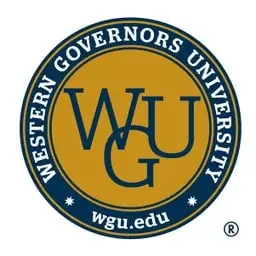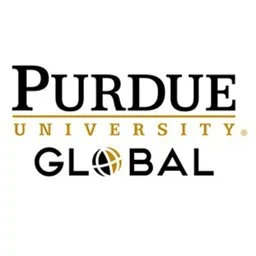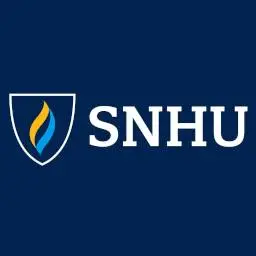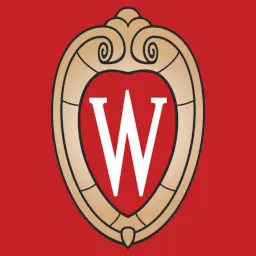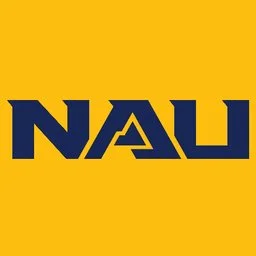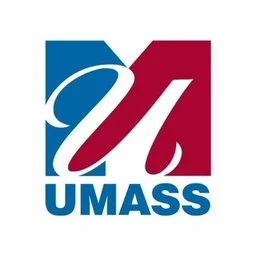How Healthcare Technology, Coordination Of Care, And Community Resources Can Be Applied To Address Hypertension Sample Approach
Place Your Order NowHow Healthcare Technology, Coordination Of Care, And Community Resources Can Be Applied To Address Hypertension Sample Approach
How Healthcare Technology, Coordination Of Care, And Community Resources Can Be Applied To Address Hypertension Sample Approach
Blood pressure, sometimes referred to as hypertension, is a major medical condition that raises the risk of heart disease, renal disease, and other equally hazardous conditions. The World Health Organization (WHO) estimates that more than 1.13 billion people worldwide suffer from hypertension (Bowles, Thosar, Herzig, & Shea, 2018). More than 60% of the world’s 1.13 billion inhabitants reside in low- and middle-income nations.
People with hypertension can have their heart seriously damaged through the hardening of the arteries, reduction in the blood and oxygen flow to the heart. Elevated blood pressure can also cause irregular heartbeat which can lead to sudden death. Among the above complications, hypertension can either block or burst blood vessels supplying blood and oxygen to the brain resulting in stroke (Norlander, Madhur, & Harrison, 2018).
As much as hypertension is a dangerous condition, deaths from hypertension and the associated complications can be prevented. Management and treatment of hypertension through pharmacological and non-pharmacological methods have shown to be efficient in reducing the risk factors for other complications (Norlander et al., 2018). Management of hypertension is clearly beneficial.
However, a significant percentage of people with hypertension conditions are not receiving adequate care mostly because of the healthcare system being inadequate. One of the ways to manage and treat hypertension is to augment traditional health models of managing and treating hypertension with modern approaches. These modern approaches are based on modern technologies to help the patient manage themselves (Bowles et al., 2018).
Analyze The Impact Of HealthCare Technology On Hypertension
Self-monitoring of blood pressure can improve control of blood pressure. Additionally, self-monitoring is increasingly becoming part of the treatment and management of hypertension (Rehman, et al., 2017). Self-monitoring compliance can be enhanced through the blood pressure monitoring apps.
The apps can communicate between the blood pressure monitor and their smartphones, therefore, allowing the patient to control blood pressure measurement from the app and to do comparisons between the current and previous blood pressure readings. Some analytics available through this method include tracking blood pressure overtime, alerts on blood pressure trends. Using the app for communication between the patient and clinician makes it tele- monitoring (Rehman, et al., 2017).
Tele-monitoring is closely related to telemedicine. Tele-monitoring is a remote transfer of data where blood pressure readings are transmitted automatically (Parati, Dolan, McManus, & Omboni, 2018). During the transfer, several other important parameters can also be transmitted including oxygen saturations and heart rate data from the patient at home or workplace to a clinician.
Currently, there are several tele-monitoring systems and apps though they differ in how they collect and transmit data and relay the final results. Other differences include the presence or absence of features such as reminders to perform blood pressure measurement or take medicine (Parati et al., 2018).
Recently, studies have been conducted to test how effective home-based tele-monitoring is for treatment and management of hypertension and associated hypertension complications.
Each study showed that both patients and doctors had a high level of acceptance for these devices (Lee & Park, 2016). Furthermore, the studies showed that doctors are using telemonitoring technology while demonstrating that the technology is highly capable of improving hypertension treatment and management, improving hypertensive patient outcomes, and lowering healthcare costs, particularly because hypertension necessitates follow-ups (Lee & Park, 2016).
Artificial intelligence (AI) is also a possible application of technology to treat and manage hypertension. AI comprises interfaces such as Siri and Alexa which can help in updating medication lists and setting medication reminders wirelessly. Although there is scarcity of evidence of how efficient this technology is, there is likelihood that their use will increase as its benefits become clear (Morilla, Sans, Casasa, & Gimenez, 2017).
Incorporating blood pressure data from tele-monitoring into digital healthcare programmes can also make it easy to combine with data from other physiological variables such as heart rate, glucose rate, and exercise. This helps patients to adapt to management recommendations based on predetermined variables such as demographics, indicated morbidities and comorbidities, barriers to management, and ac
Order Now
